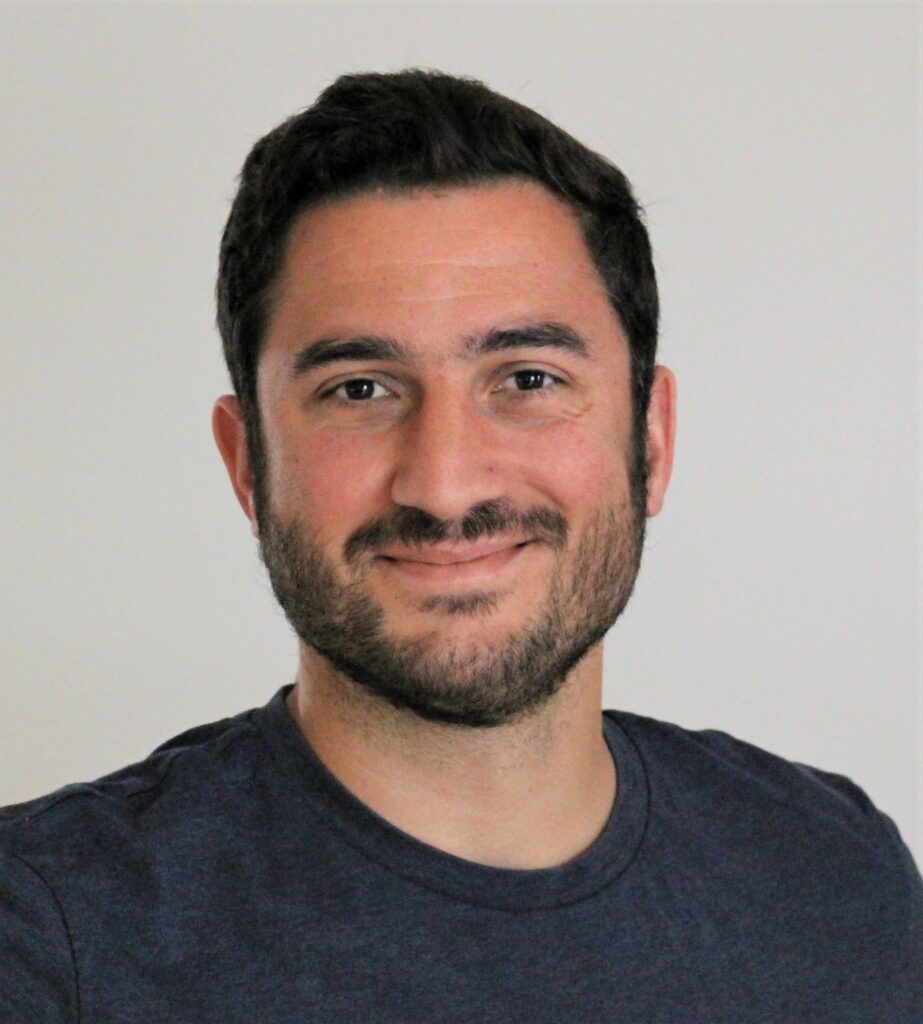Plenary lectures

ABSTRACT
Tropical rainforest host the highest species richness of any other biome on Earth. Within this megadiverse community, equatorial lowland forests that have remained primary (untouched historically and currently undisturbed) have been selected as target areas to investigate the paleo-choirs of ecosystems.
Fragments of Extinction is an interdisciplinary long-term project which from 1998 is recording and revealing ecoacoustic data collected in the remaining areas of intact equatorial forest in Southeast Asia, Amazon and Africa. Through advanced 3-dimensional recording technologies, employed for the first time in these remote and extreme environments, the project is building an archive of entire circadian cycles. These 24-hour spherical sound portraits are analysed and presented to audiences through sensorial and cognitive time-lapse experiences, to foster awareness about the extinction crisis and the urgency of heritagization of the last refuges of biodiversity, which high systemic integrity is surprisingly clear in their vanishing balanced soundscape. Can these primal soundscapes heal our senses and reduce the gap that disconnects us from Nature, thus help the intimate leap of consciousness of individuals toward one of the most urgent issues of our times: the ecological transition?
In order to experiment and to expose audiences to the intangible properties of these unique polyphonies, Sonosfera® has been engineered and built: a 60-seat mobile eco-acoustic amphitheatre which, through 45 loudspeakers perfectly positioned in spherical geometry and specific internal acoustics, enables the reconstruction of complex 3D sound habitats, using the latest HOA technology.
The talk will outline the project’s history and its current developments, including the last challenging field recording expedition (February 2023) in the paleotropics of Borneo.

ABSTRACT
Research has shown that, even though the conditions seem to comply with current standards for indoor environmental quality (IEQ), staying indoors is not good for our health. We are confronted with diseases and disorders related to indoor environmental quality such as mental illnesses, obesity and illnesses that take longer to manifest, among which cardiovascular and chronic respiratory diseases and cancer, and very recently, COVID-19, caused by mainly airborne transmission of SARS-CoV-2 indoors.
Except for these health effects, the consequences for indoor environment of climate change, asking for extreme measures with regards to thermal and air quality control, the effects of the retrofitting measures we take to reduce energy consumption on health and comfort indoors, is also an emerging concern. IEQ is still described with quantitative dose-related indicators, expressed in number and/or ranges of numbers for each of the factors (indoor air, lighting, acoustics and thermal aspects).
Building-related (e.g. sound-absorbing quality of materials) and occupant-related indicators (e.g. acoustical comfort) are rarely applied. Health-based guidelines are missing. Interactions of stressors and effects at and between human and environment level are ignored. Individual differences in needs and preferences of occupants (over time) are not accounted for. Resilient new ways of creating and maintaining healthy and comfortable indoor spaces for different occupants in different situations, require better understanding of the indoor environment, its occupants and interactions.

ABSTRACT
Over the last couple of decades, sound field analysis and reconstruction methods have enabled us to observe and better understand diverse acoustic phenomena, from jet-noise to the sound of historical violins. In a broad sense, sound field reconstruction methods consist of capturing the spatial properties of sound, in order to visualize, analyze, reproduce, or manipulate the sound field in various ways. Fueled by advances in instrumentation and signal processing, these methods have had a profound impact in the field of acoustics and have been widely adopted in areas like vibro-acoustics, spatial audio, room acoustics, materials and electroacoustics – among others.
In this talk we discuss new approaches for capturing and reconstructing sound fields in space, motivated by some of the longstanding challenges in the field. Specifically, we consider: 1) novel sensing methods, with a focus on optical remote sensing and the acousto-optic interaction, to measure sound using light, 2) physical models for large-scale sound field visualization/reconstruction and 3) Deep Learning approaches for augmenting conventional acoustic measurements. Finally, we share an outlook of this multifaceted and increasingly relevant domain of acoustics.

ABSTRACT
The field of vertebrate bioacoustics has made great progress in understanding how animals produce communicative sounds in the last two decades. I will provide a broad overview of this field, focusing on common features that are used by most vertebrates to produce their sounds, but also calling attention to several interesting exceptions to these general rules.


ABSTRACT
The International Year of Sound 2020-2021 (IYS) was an initiative of the International Commission for Acoustics (ICA) aimed at promoting the importance of sound in our world. Marion Burgess and Michael Taroudakis have been the co-organizers for IYS. The concept was initiated and approved during Marion’s term as President of the ICA and the structure established during Michael’s term as President.
During this talk they will first describe the motivation and aims for the activity, the structure and realization of the IYS which was addressed to both the scientists and the general public with emphasis on the young generations. They will give examples of the types of scientific and outreach activities held during the year. As well they will describe the resources developed during the IYS and which will be freely available into the future. The number and diversity of the IYS related activities demonstrate the success of the IYS despite the pandemic. Looking into the future they will also explain the intent of the IYS Outreach Award – an annual award for the acoustics community which will be an ongoing reminder of the IYS 2020-2021.


